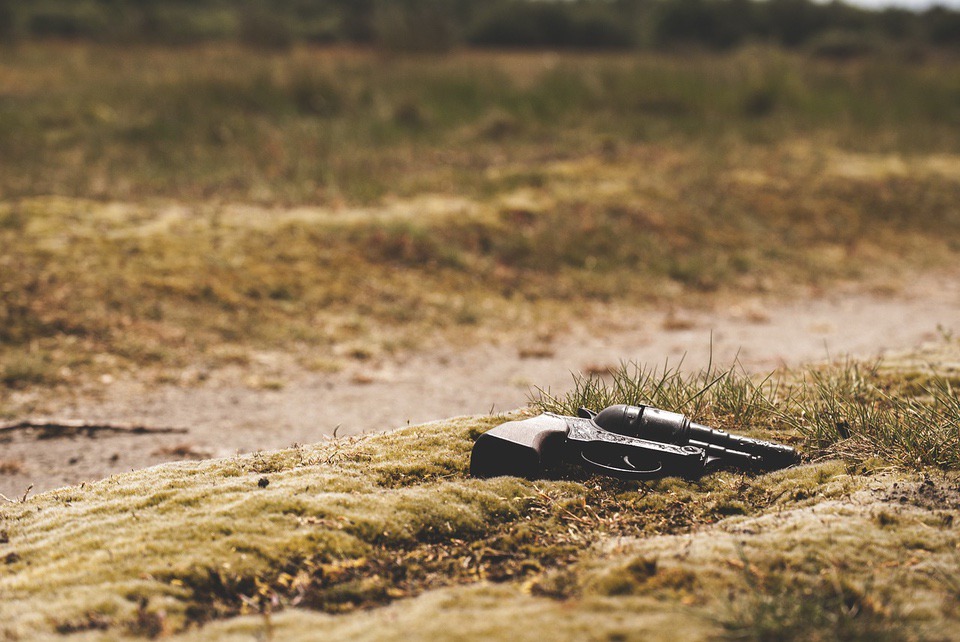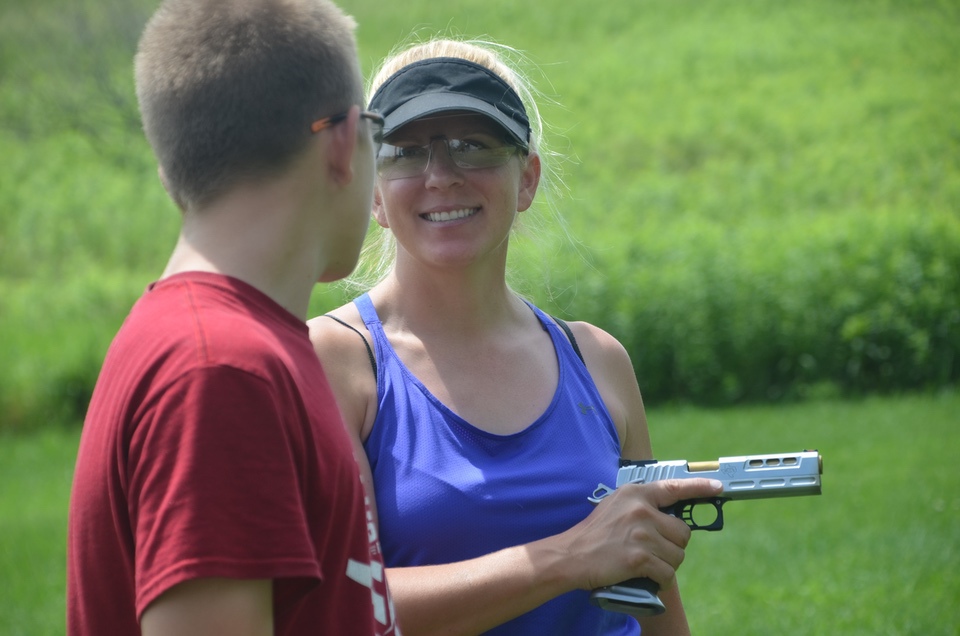For any parent, forming children’s minds is an important job. But what do we focus on? No matter what role firearms play in your home, you should arm your children with the necessary tools to make sound decisions. Two of the best tools any parents can give their children are the skills of critical thinking and preparedness. What does that mean when it comes to firearms? It means knowing what to do and not do, and how to be prepared to take the correct action when encountering firearms in life. This is a topic that should be addressed, just like fire safety, swimming pools, crossing streets, and prescription medications. In this piece, we are going to talk about teaching kids building good gun handling habits with pistols.
Sponsored by Jagemann Sporting Group
By nature of their construction, pistols are smaller than long guns, like rifles and shotguns. This means they have some inherent dangers. They can be easily forgotten in a nightstand or glove compartment. Teaching your family how to properly address a pistol that they were not supposed to find should be done according to their ages and abilities to understand the rules of firearms safety, as well as their experience with guns. My boys are teens and I don’t have to worry about what they will do, but my 2-year-old niece has zero clue.
I would teach them 2 different ways to think about what to do with a pistol. My 15-year old would likely check if it’s loaded, and put it in the safe or ask if one of us was working with it for practice, or dry fire. The thinking I want him to do is “Ask before I put this away in a safe manner.” My niece, on the other hand, would be instructed not to touch it and to ask an adult. The thinking I want her to do is this: “Get a grown up!” So, make sure you know your child’s interest, and don’t anticipate a child will ask questions about guns before you get a chance to tell “Don’t touch.”

When you naturally interact with firearms, teach them what you want them to do – just the way you would teach them about fire, the pool or crossing the street. For gun-owners, these opportunities will present themselves easily. For non-gun owners, you can use instances where kids see firearms in movies, or even video games to explain the reality of firearms and talk about the rules of firearm safety.

Because pistols are small, it also is easy to turn them the wrong way. Many people new to firearms will unintentionally turn the pistol sideways as they try to unload and clear the gun. Or they might flag someone to their side because they turn to talk. You MUST be very intentional about the direction of your muzzle when handling a pistol.
Once kids are old enough to shoot and participate in activities with guns, always start interactions with firearms by repeating the 4 rules of firearms safety.
1. Treat every gun as if it’s loaded. That means we first check if the gun is empty when we pick it up. To do this with a pistol, we make sure there is no magazine inserted, then we hold the grip in our strong hand or dominant hand, and pull the slide back to see the chamber. If we are not strong enough to do that, we can try to “push” the pistol grip forward, versus pulling the slide back. If we can’t tell if the gun is loaded, we leave it for someone who can (obviously, putting it out of reach of children if that person isn’t present). It’s not a bad idea to teach your kids that if a firearm is passed to them, say from Grandpa who just pulled it from the safe, that they always check the chamber, and make sure Grandpa does! The idea is that it is your personal responsibility to check if a gun is loaded every time you pick one up. This means teaching kids to use their voices to ensure others are safe as well, even grown-ups.

2. Never point the gun at anything you do not intend to destroy. This means that while we are removing guns from the safe, bagging them up, handing them to someone before or after we check if they are loaded, we never point a gun at something we do not intend to destroy.
3. Finger off the trigger until you are ready to shoot. For obvious reasons, we don’t put our finger on the trigger until we are aimed at a target, and ready for the gun to be fired.
4. Know your target and beyond. This means considering what might be behind a target. A fun way to teach this skill with kids is to set up soda cans to shoot with BB guns. Make one a “no-shoot” and place it close to or half covering another target, so they have to make sure not to hit it.
While we do want very young children to be a wee bit scared of the power in a firearm (it’s really all that they understand), as adults, we should not be scared of a tool. We need to make sure that we are not instilling fear of firearms when we talk about the rules of handling them safely. So many new women shooters actually are fearful of handling guns, because they haven’t had a chance to understand them while growing up. It would be like handing your teenager a chainsaw and saying, “You’re going to chop a tree down.” Some might be freaked out. Chainsaws are loud, powerful, and can hurt you. But aside from the typical movie titles, none of us associate chainsaws with something to fear.

So, grip the gun like any other tool you need to control, follow the rules of firearms safety, practice manipulating it empty so you can load and unload it with confidence and prepare yourself to enjoy the range and share shooting with your family. Practice good gun handling habits
Becky Yackley primarily competes in 3 Gun, USPSA, Bianchi pistol, but has competed in shooting since 1989 in disciplines from service-rifle, to NCAA Air Rifle and Smallbore, air pistol and a little bit of long range rifle. She shoots guns and cameras at competitions around the country, and writes in her fictional spare time. View all posts by Becky Yackley